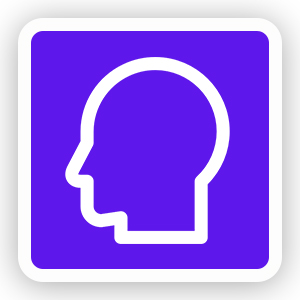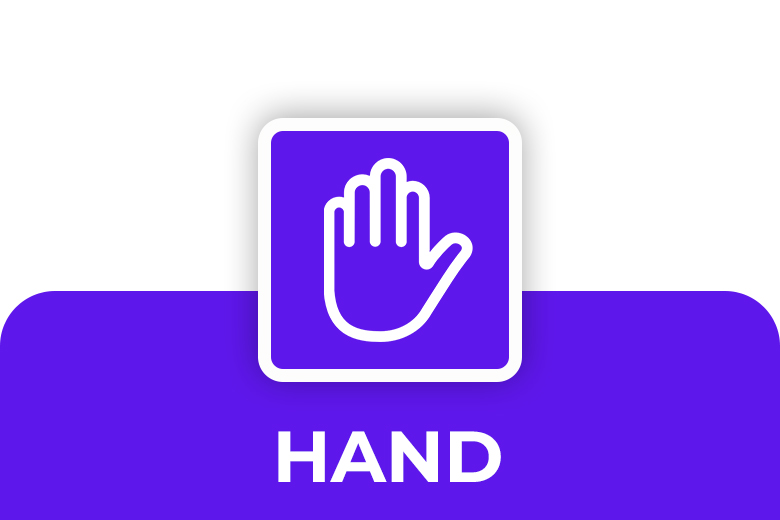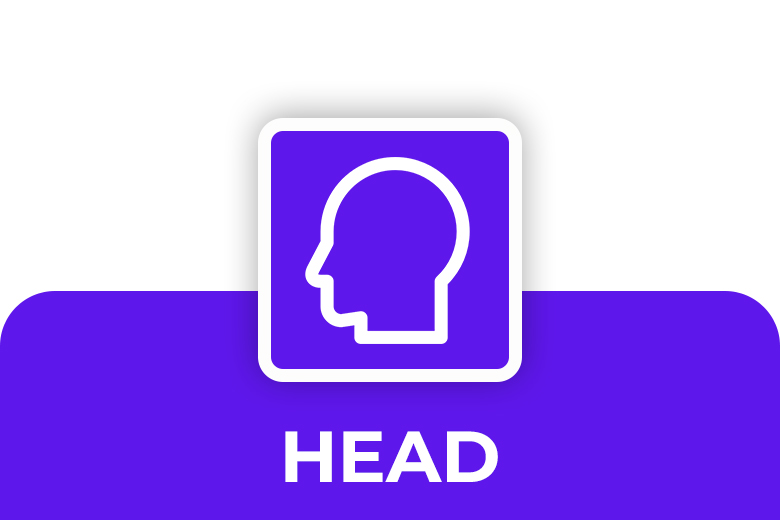Facilitation is a skill that requires a blend of strategic planning, dynamic execution, and reflective evaluation. A facilitator's role is to guide a group towards achieving their objectives in a collaborative and inclusive manner. This guide provides a comprehensive overview of the key competencies, approaches, and best practices needed to excel as a facilitator.
KEY COMPETENCIES FOR SUCCESSFUL FACILITATION
Successful facilitators possess a unique set of competencies, which can be categorized into three core areas: hands, heart, and head. This framework provides a comprehensive approach to understanding the essential competencies needed to guide groups effectively and achieve desired outcomes.
 HAND (PRACTICAL SKILLS)
HAND (PRACTICAL SKILLS)
The "Hands" component refers to the practical, action-oriented skills that facilitators use to manage and conduct sessions. These skills are tangible and often involve direct interaction with tools, processes, and participants. Key aspects include:
Communication Skills:
Facilitators must excel in both verbal and non-verbal communication. This includes the ability to articulate ideas clearly,
listen actively, and use body language effectively to engage participants. Strong communication skills help ensure that
all voices are heard and that the group's collective ideas are expressed and understood.
Organizational Skills:
Effective facilitators are well-organized. They plan sessions meticulously, prepare materials in advance, and
structure activities to ensure a smooth flow. This includes time management, setting clear agendas,
and being prepared with backup plans.
Technical Proficiency:
In today's digital age, facilitators must be proficient with various online tools and platforms that support
virtual collaboration. This includes familiarity with online whiteboards like Miro, video conferencing software,
and other collaborative tools that enhance remote and hybrid sessions.
 HEART (INTERPERSONAL SKILLS)
HEART (INTERPERSONAL SKILLS)
The "Heart" component focuses on the interpersonal and emotional skills that facilitators need to create a supportive and inclusive environment. These skills help build relationships and manage group dynamics. Key aspects include:
Emotional Intelligence:
Understanding and managing one's emotions, as well as empathizing with others, is crucial for facilitators.
Emotional intelligence helps in building rapport, creating a trusting environment, and managing group dynamics effectively.
This includes being aware of and sensitive to the emotional undercurrents within the group.
Inclusivity and Diversity:
Facilitators should create an inclusive environment where all participants feel valued and respected.
This involves recognizing and embracing diversity in the group, encouraging participation from everyone, and
ensuring that differing perspectives are acknowledged and integrated into the discussion.
Conflict Resolution:
Conflicts are inevitable in group settings. Successful facilitators possess strong conflict resolution skills,
enabling them to address and resolve disagreements constructively. This involves mediating discussions,
finding common ground, and fostering a collaborative spirit even in the face of disagreements.
 HEAD (COGNITIVE SKILLS)
HEAD (COGNITIVE SKILLS)
The "Head" component encompasses the cognitive and intellectual skills required for effective facilitation. These skills involve critical thinking, problem-solving, and knowledge application. Key aspects include:
Critical Thinking:
Facilitators need strong critical thinking skills to analyze situations, identify underlying issues, and develop
effective strategies for guiding discussions. This includes the ability to think on their feet, adapt to changing
circumstances, and make informed decisions quickly.
Problem-Solving:
Effective facilitation often involves navigating complex problems. Facilitators must be adept at problem-solving,
using creative and analytical approaches to help the group identify solutions and make decisions.
This involves guiding brainstorming sessions, organizing ideas, and synthesizing information.
Knowledge and Expertise:
While facilitators do not need to be subject matter experts, having a solid understanding of the content being
discussed is beneficial. This knowledge helps facilitators ask insightful questions, provide relevant examples,
and keep the discussion focused on the objectives.


